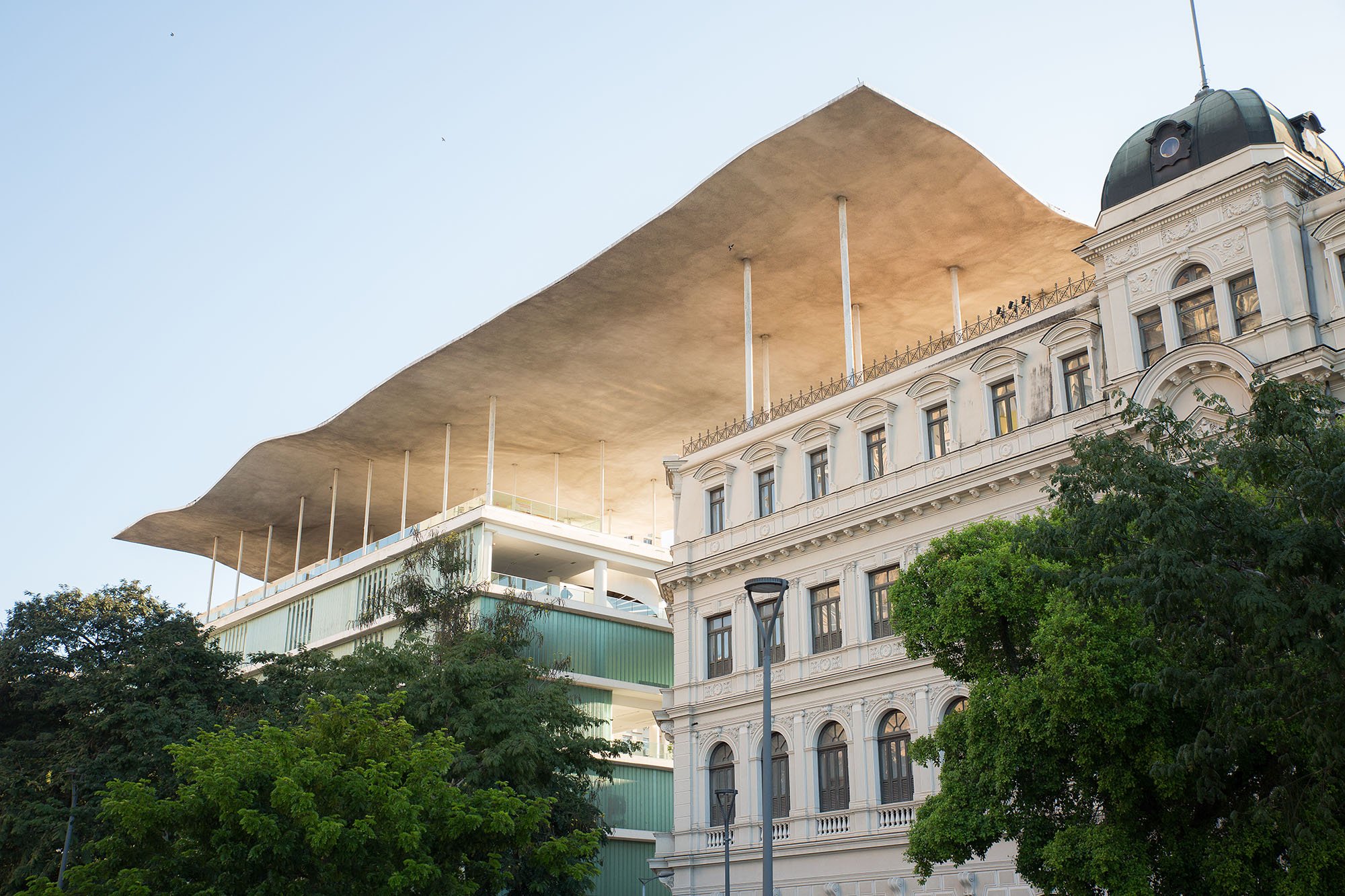Critical financial situation at the Museu de Arte do Rio (MAR). CIMAM urges the City Government to continue its support

The Museu de Arte do Rio (MAR), a public museum founded by the Rio de Janeiro City Government, has achieved worldwide recognition by combining an international artistic vision with educational programmes and by focusing on lower-income local communities.
As a city Rio de Janeiro is currently in dire financial straits. One of the many effects of this has been the endangering of its limited but crucial structural public funding to the Instituto Odeon, the organisation that has managed the MAR’s operations since its foundation. Throughout the MAR’s history, the Instituto Odeon has been responsible through its fundraising activities for securing the budget for the MAR’s exhibitions and educational programmes. The public funding, which is in the order of R$1 million reals – approximately US$200,000 – per month, is exclusively for salaries and maintenance costs. The loss of this public base would almost certainly result in the collapse of this unique institution.
The MAR was founded in 2013 to revitalise Rio de Janeiro’s port area. Since then it has built up one of the most important art collections in Brazil, with a collection of more than 9,000 works and an archive containing 20,000 documents representing and recording the cream of Brazilian visual culture. The collection was generously donated to the Brazilian state by the country’s civil society– including artists, gallerists and collectors, as well as many other citizens– as a vote of confidence in its senior professional team, which counted legendary Brazilian curator Paulo Herkenhoff among its number. Over the last six years the MAR’s team has implemented a programme of more than sixty internationally recognised exhibitions of Brazilian and international artists. It has also hosted one of the most vibrant educational programmes in the country, attracting more than 580,000 visitors in 2019 (40% up on 2018), and a total of three million national and international visitors since its creation.
The MAR’s outstanding educational programmes are attended not just by the museum’s visitors but by a wide range of lower-income local communities, families with children and state-funded schools. This makes the MAR one of the world’s prime examples of a museum conceived as an inclusive space for the most plural artistic concepts, expressions and traditions that define a nation’s culture, in this case Brazil’s.
Altogether this makes the MAR a cultural icon of Rio de Janeiro, and one of the most visited and revered museums in the country.
CIMAM recognises the Museu de Arte do Rio’s invaluable cultural and educational contributions not only to the city of Rio de Janeiro and its people but to the whole of Brazil, and to communities and museums around the world. CIMAM wishes to express its deep concern about the MAR’s current critical financial ability to secure its salaries and services for 2020 and beyond.
It therefore urges the Mayor of Rio de Janeiro, Marcelo Crivella, and the Rio de Janeiro City Government to secure public funding for the museum in order to guarantee:
1) the successful continuation of this unique institution;
2) the conservation and care of its collection according to international standards of museum best practices, as established by the International Council of Museums (ICOM);
3) the positions of the museum’s team of one hundred employees, including art professionals, educators, cultural managers, maintenance and security staff.
11 January 2020
The CIMAM Board’s Museum Watch Committee is made up of Bart De Baere, Calin Dan, Sarah Glennie, Malgorzata Ludwisiak, Victoria Noorthoorn, Eugene Tan.
CIMAM – International Committee for Museums and Collections of Modern Art – is an Affiliated Organisation of ICOM – International Council of Museums.
About CIMAM's Museum Watch Program
In 2012 CIMAM initiated a series of news publications responding to the different critical situations facing museums and collections around the world, with a focus on regions affected by global economic and political crises. The Museum Watch Program that developed from this serves as an advocacy program addressing specific situations that impact on museum professionals and not-for-profit institutions of modern and contemporary art.
The Museum Watch Program’s aim is to assist modern and contemporary art museum professionals in dealing with critical situations that undermine their ability to undertake their professional practice and effect a museum’s ability to operate to international standards of best practice. It does so by generating debate, using the CIMAM conference as a platform for shared reflection on key issues, and by publicly advocating for good governance and best practice.